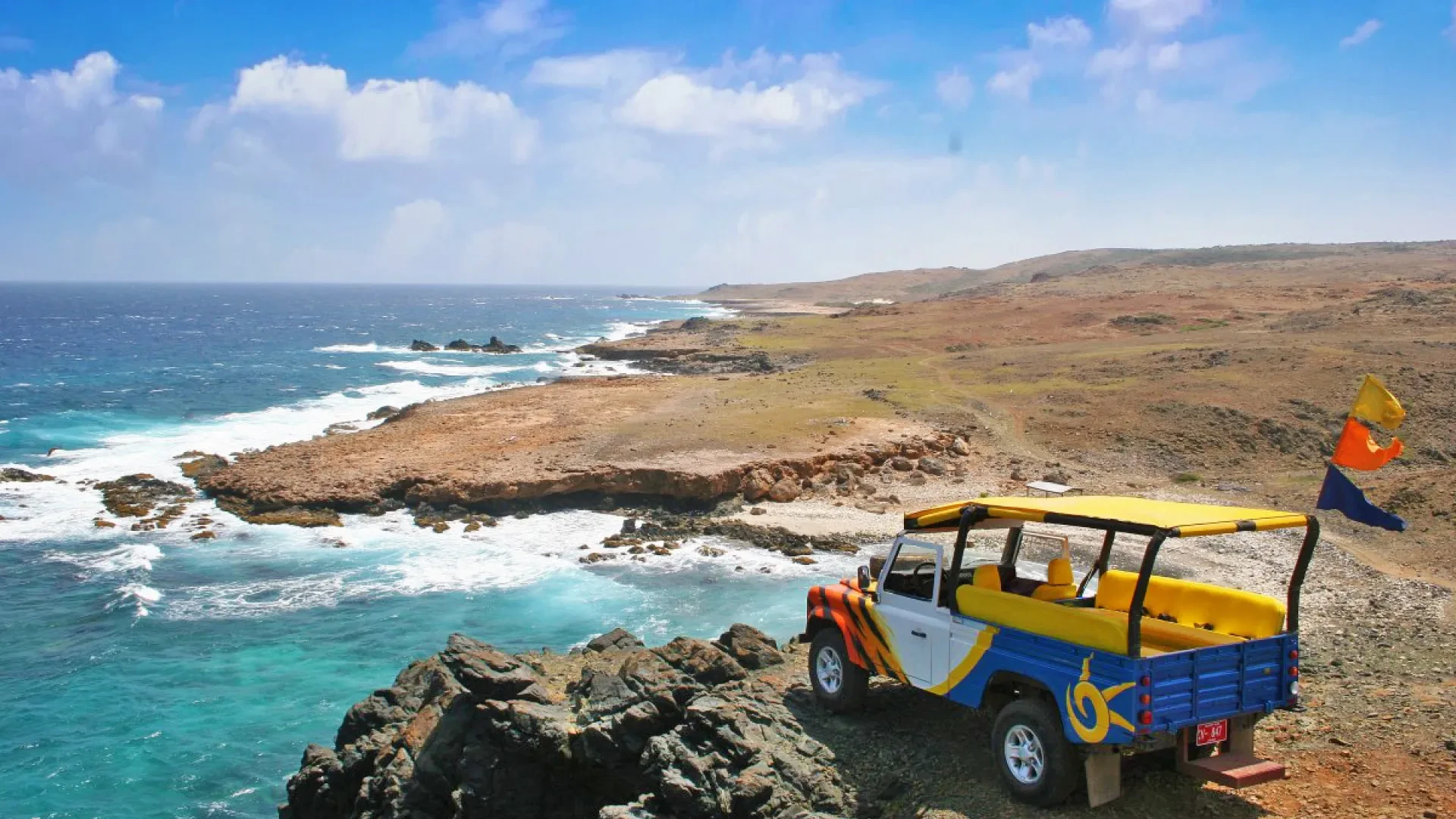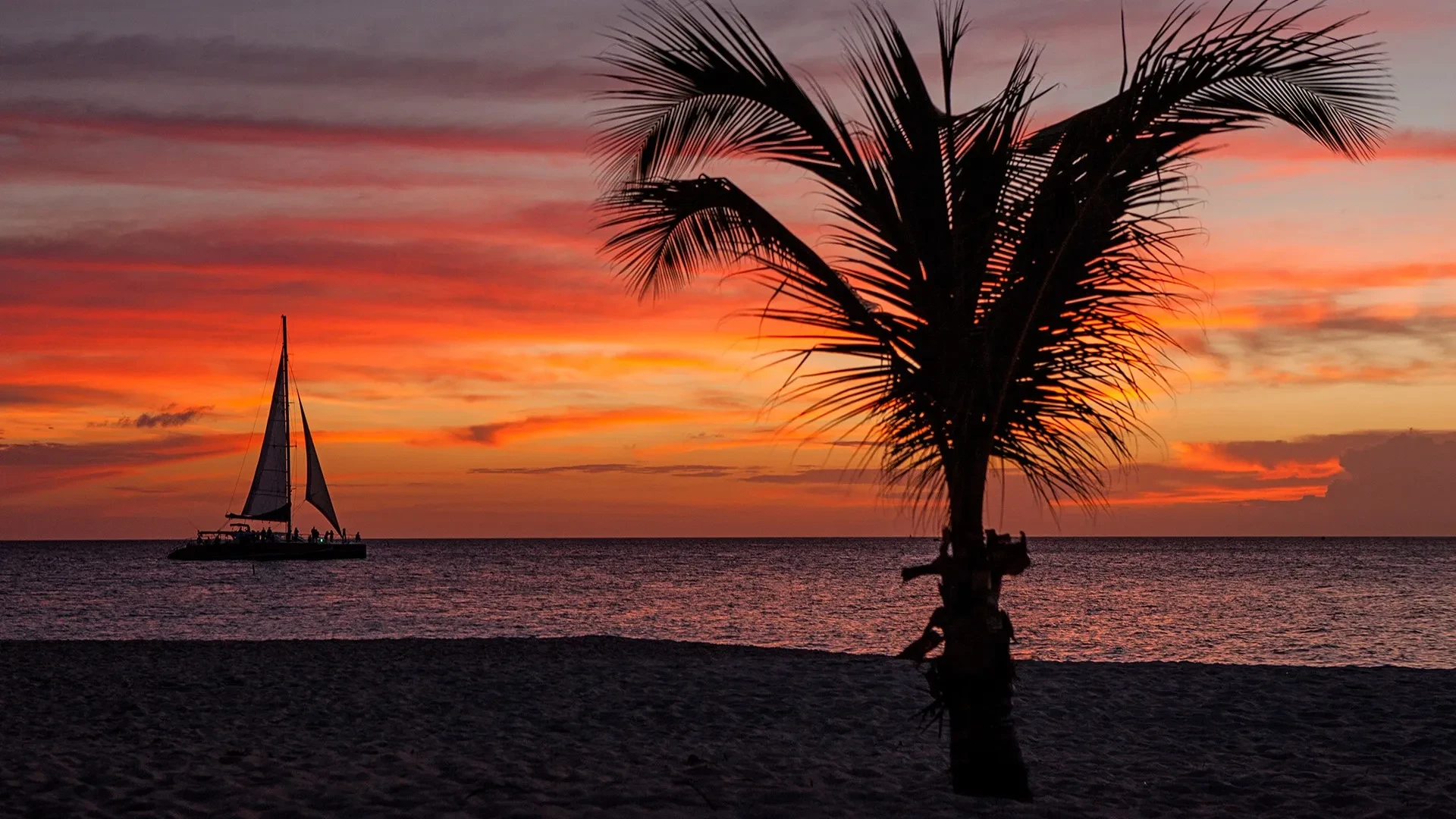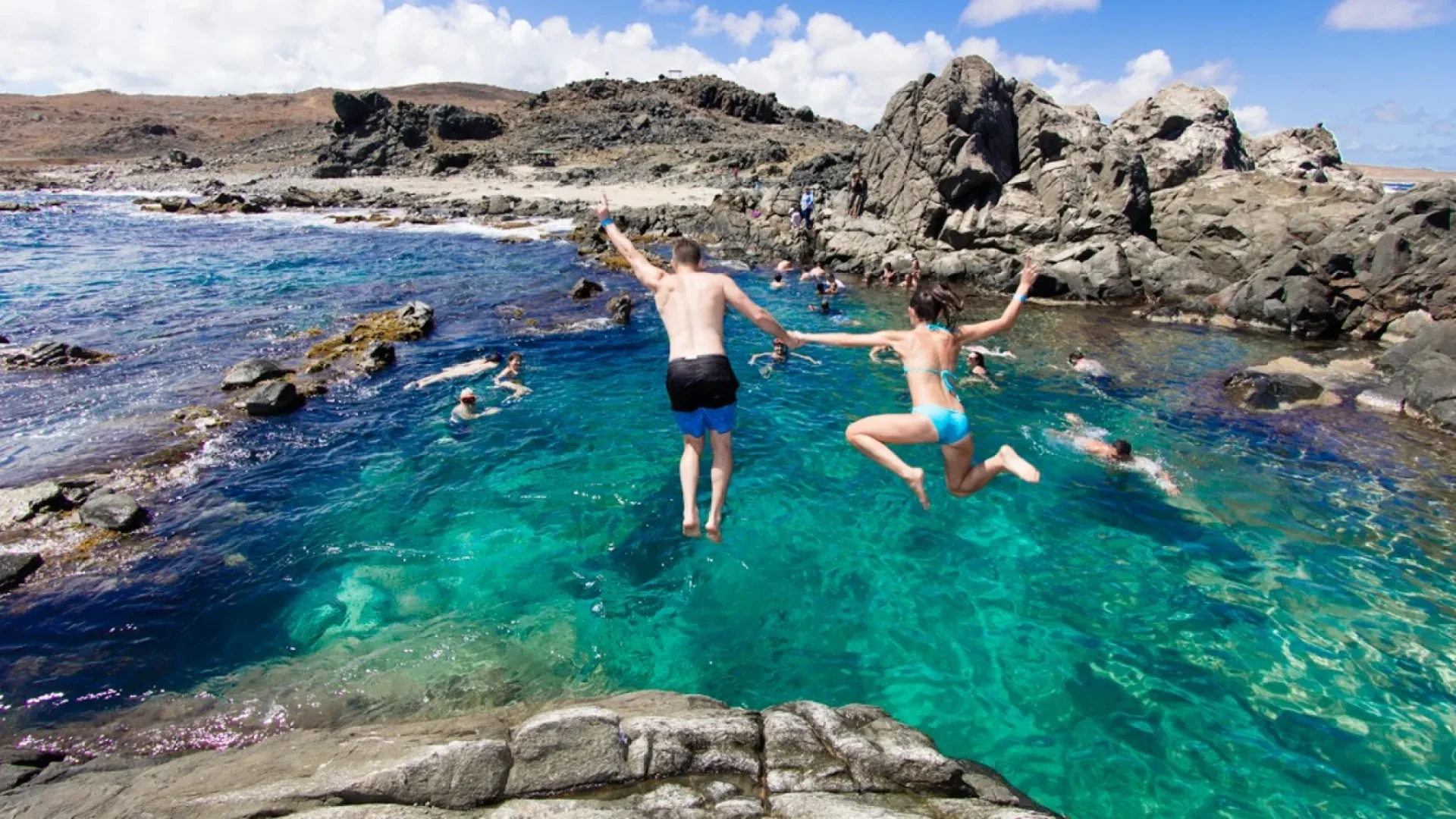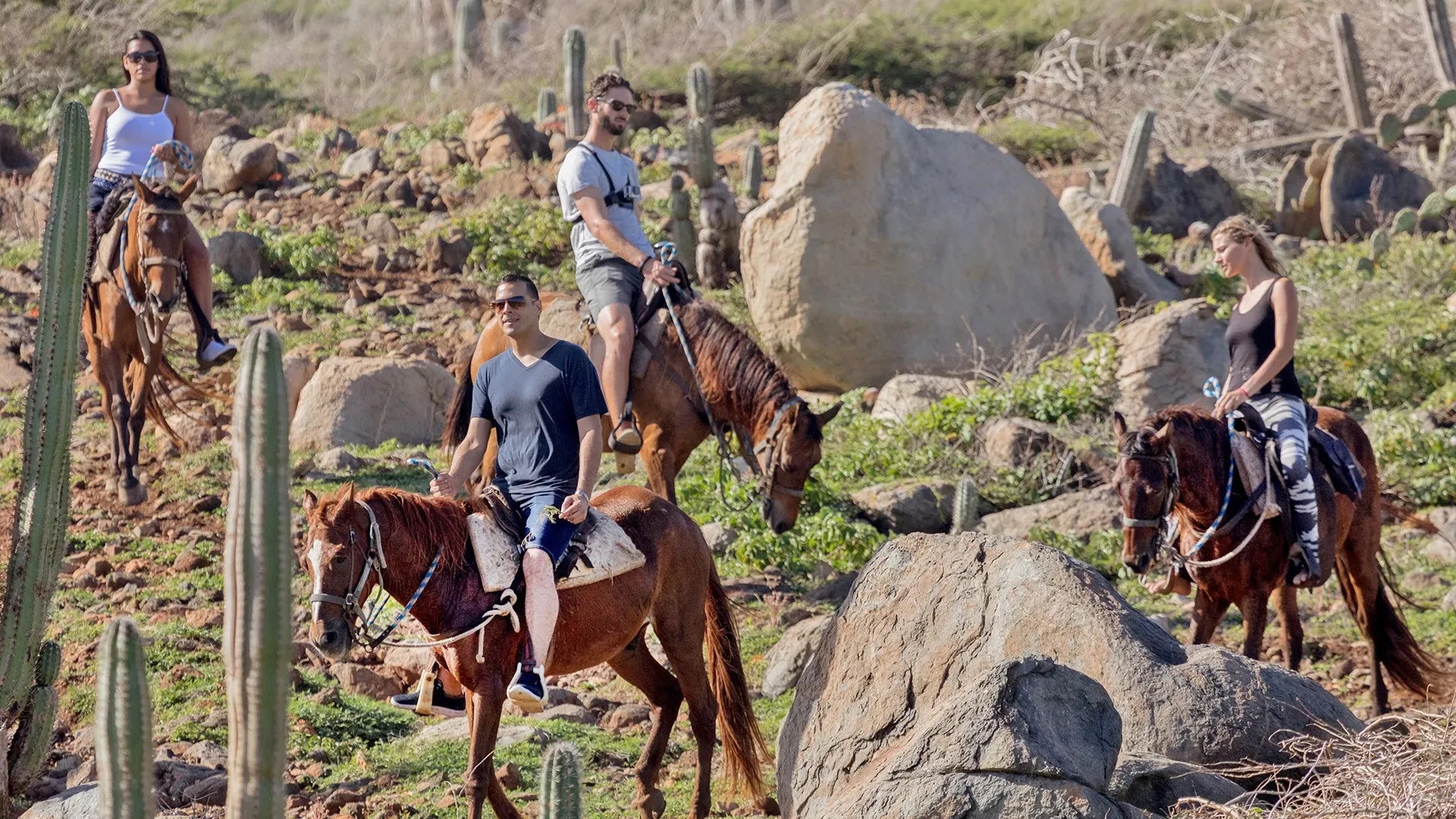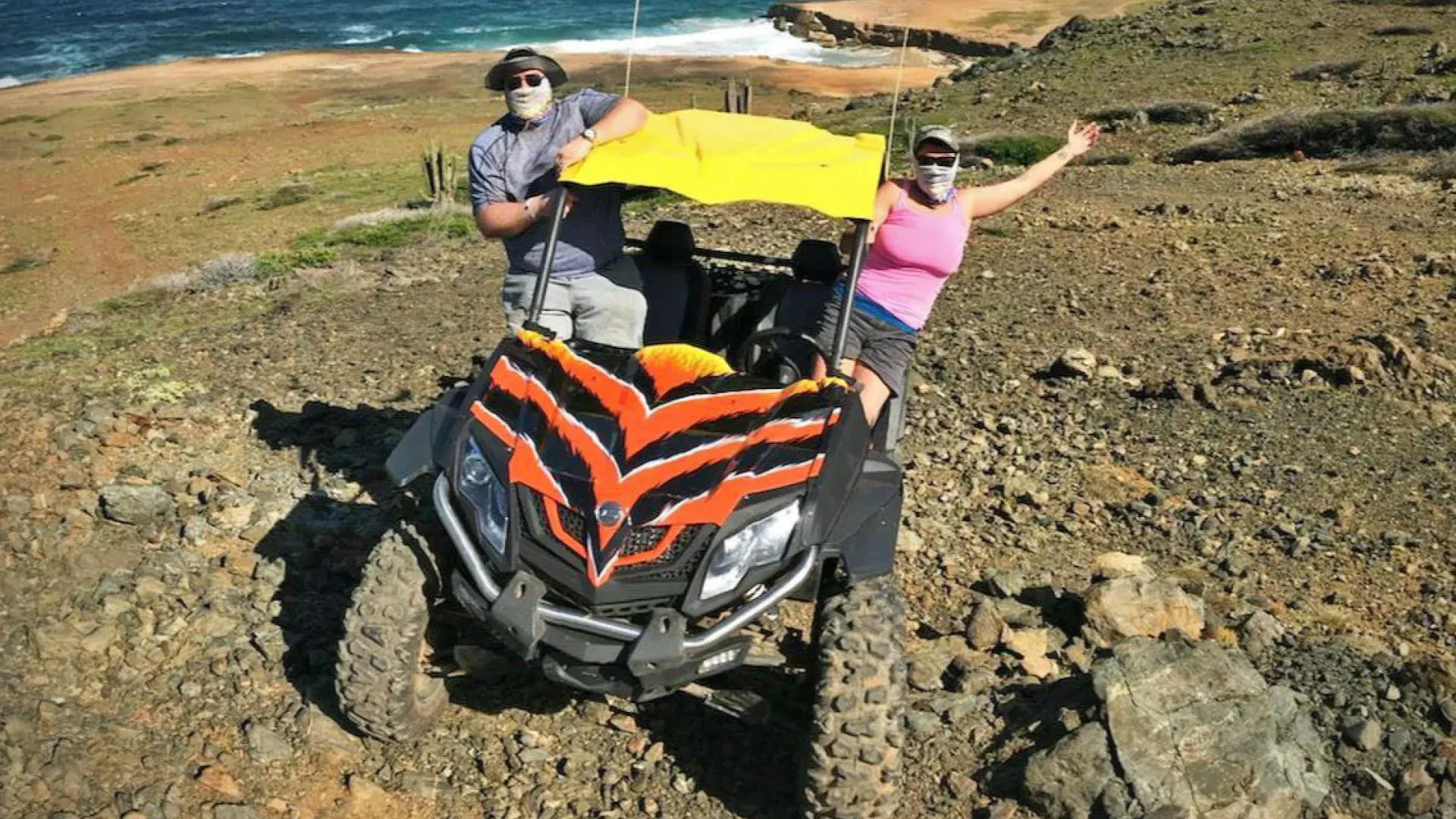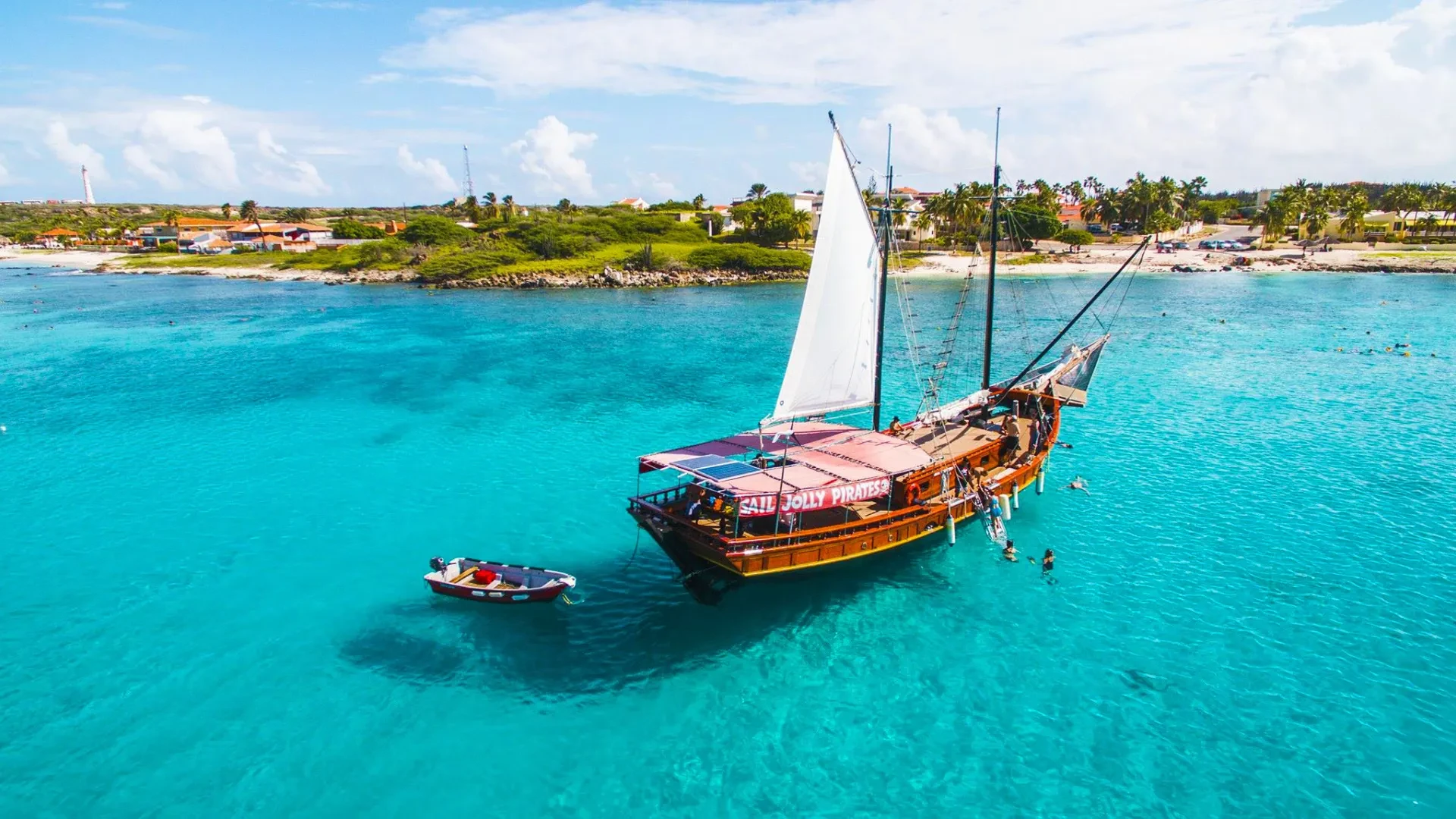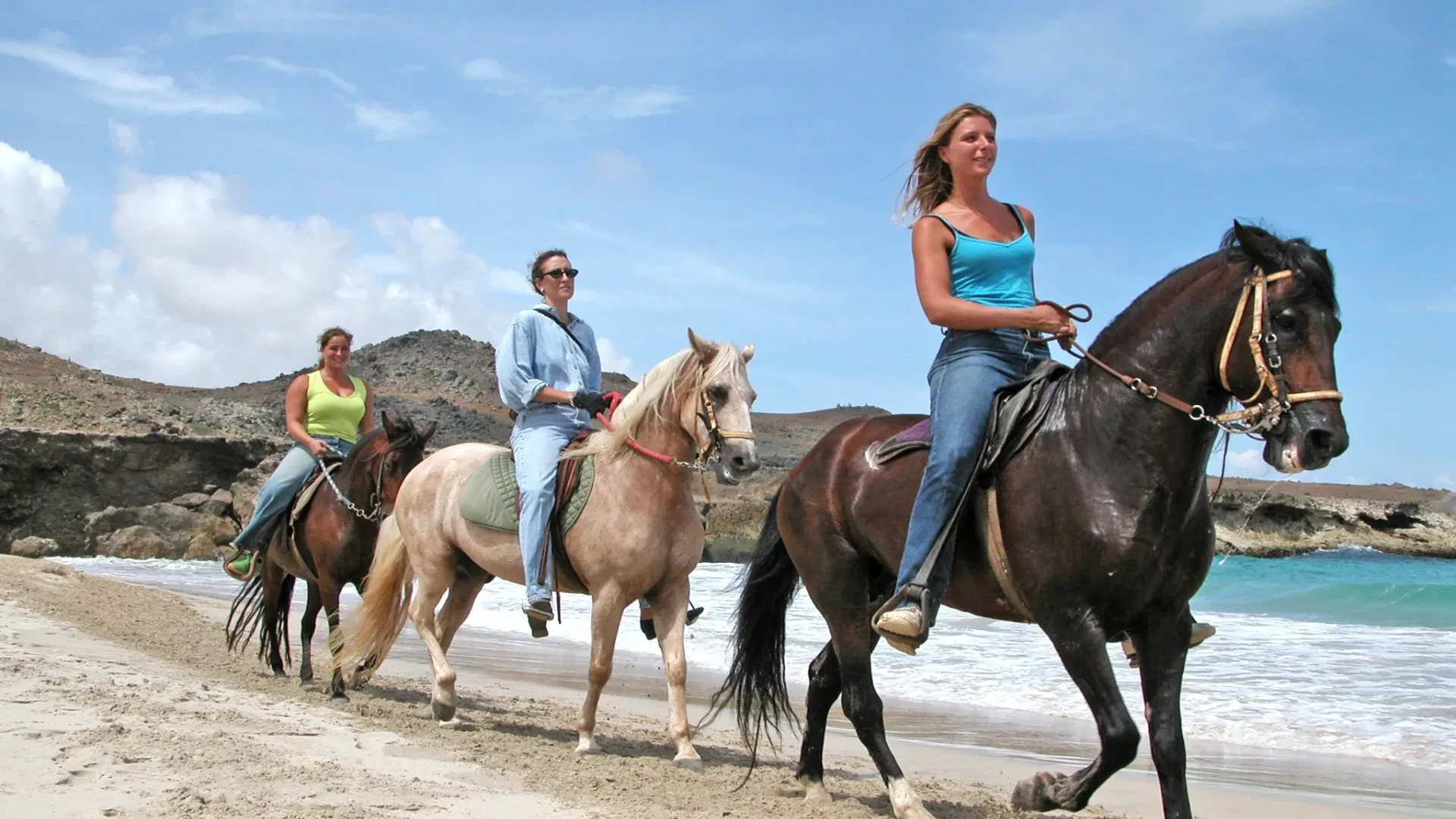Levente
Been there. Done that.
Been there. Done that.
Share
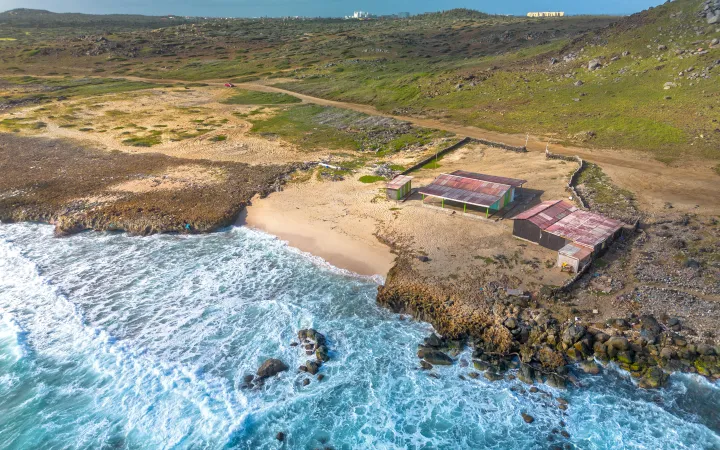
Aruba Shack Beach is one of those tiny, forgotten spots on Aruba’s northeast coast. The beach itself is little more than a sandy patch with an abandoned shack nearby. There’s no swimming, no snorkeling, and no facilities, just rough waves and a harsh, windy coastline.
Shack Beach Aruba is as raw and remote as it gets. With nothing but an old shack, rough surf, and sand scattered with debris, it’s not a place to relax or swim. Still, it’s one of those “hidden” spots that gives you a glimpse of the island’s untamed northeast coast.
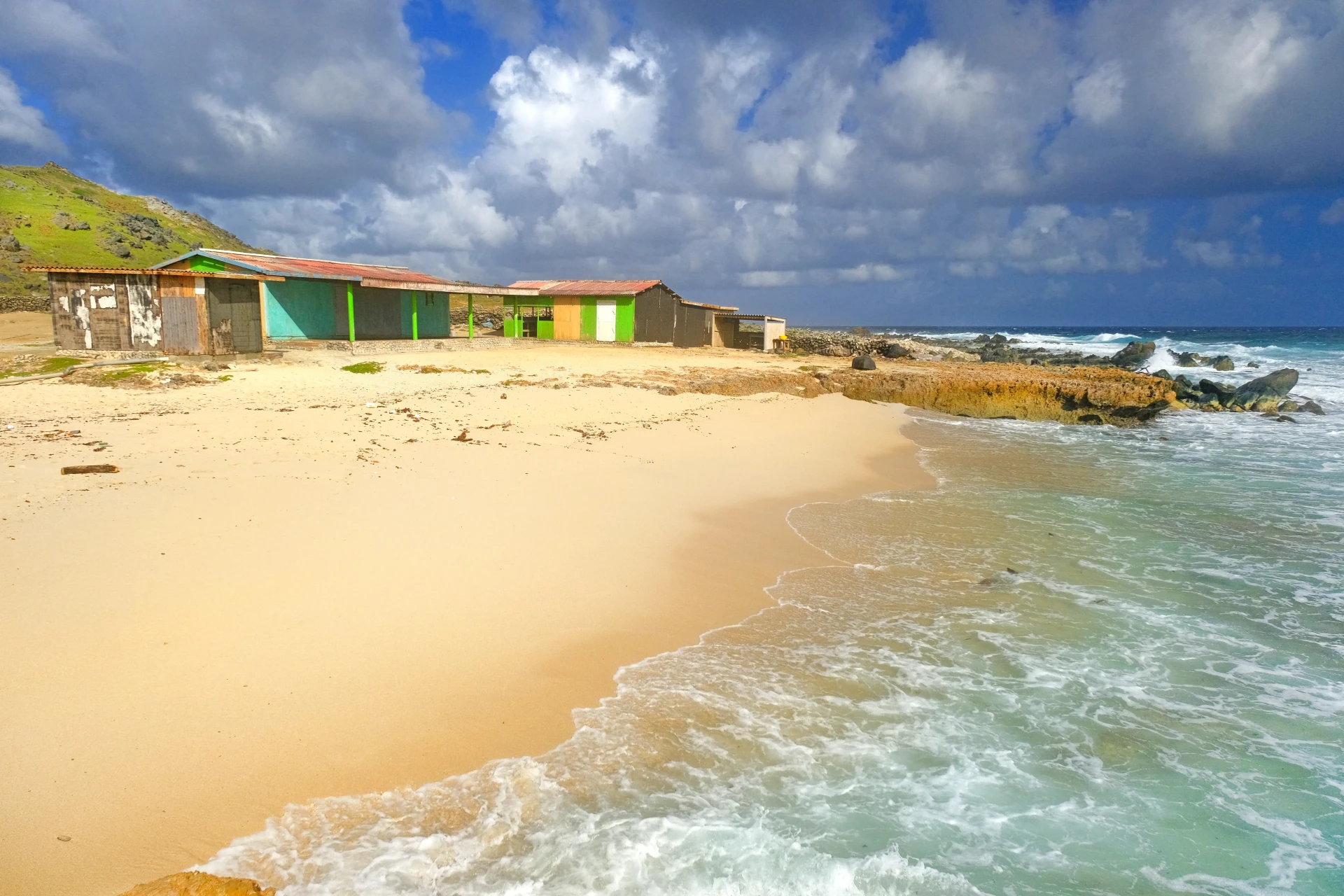
There’s really nothing to do at Shack Beach except take in the rugged scenery.

The abandoned shack is the only notable feature — a weathered structure that adds some character to this remote beach.
The crashing surf against sharp rocks makes for dramatic views, typical of Aruba’s northeast coast. Do a little hike down the coast and discover the other small coves that never make it into Aruba travel guides.
Snorkeling is not possible at Shack Beach. The surf is too strong, the cove is unsafe, and there are no reefs to explore.
If you’re looking for snorkeling, head to Aruba’s calmer west coast — Malmok, Tres Trapi, or Boca Catalina are much better choices.
There are no restaurants, bars, or even small shops anywhere near Aruba Shack Beach. Bring all food, drinks, and supplies with you.
There are no hotels or resorts at Shack Beach itself — it’s far too remote and undeveloped. The closest accommodations are small guesthouses and villas inland, especially around Noord or Oranjestad.

A hilltop villa near Noord with sweeping island views. It’s a quiet retreat, ideal if you want space and privacy away from the main tourist areas.
A modern villa with a pool and panoramic views, also located near Noord. Comfortable and private, with easy access to the rest of the island by car.
Staying near Shack Beach only makes sense if you’re renting a villa in Noord and want privacy. For most visitors, the hotel strip at Eagle or Palm Beach is a better base.
Aruba Shack Beach lies on the island’s rugged northeast coast and can only be reached by unpaved dirt roads. There are no signs, no facilities, and the path is bumpy, so a 4x4 is the only realistic option. It’s not a beach most people visit unless they’re purposely exploring Aruba’s wild side.

Cruise visitors almost never come to Aruba Shack Beach. The beach is too remote to be a practical stop on a short port day, and taxis will usually decline the trip. Renting a jeep or 4x4 is the only way to get here.
Leaving the airport, you’ll drive north through Oranjestad and Noord before turning onto dirt tracks that cut across the northeast coast. The final section is rough, so a 4x4 is strongly recommended.
From the hotel strip, head north toward Noord and then inland to reach the northeast coast. The last part of the route is only manageable with a jeep or 4x4.

Finding a taxi willing to drive to Aruba Shack Beach is very unlikely. Even if you manage to arrange one, you’ll need to set up a return pickup in advance since no taxis wait in the area.
There is no public transportation to Aruba Shack Beach.
The only way to reach Aruba Shack Beach is by rental jeep or 4x4. Standard cars are not suitable for the rough dirt tracks (although I did manage with it).
There’s no official parking, but you can leave your car on a sandy patch near the shack.
Shack Beach is one of Aruba’s most insignificant beaches. With no swimming, no snorkeling, and nothing but an abandoned shack, it’s not worth a special trip. Only stop if you’re already exploring Aruba’s northeast coast and want to see every hidden corner.
Shack Beach is located on Aruba’s remote northeast coast, accessible only by dirt roads.
Shack Beach is known for its abandoned shack, rough surf, and completely undeveloped setting.
You can only reach Shack Beach by jeep or 4x4 along unpaved dirt tracks.
From Port of Oranjestad it’s about 18 km (11 miles), a 30–35 minute drive, but taxis rarely go there.
No, Shack Beach is not safe for swimming due to strong currents, rocks, and waves.

Creating this travel magazine takes an insane amount of time and money. If you’ve found it useful and would like to support me in helping other travelers like you, your donation would go a long way. Thanks, you’re the best!
